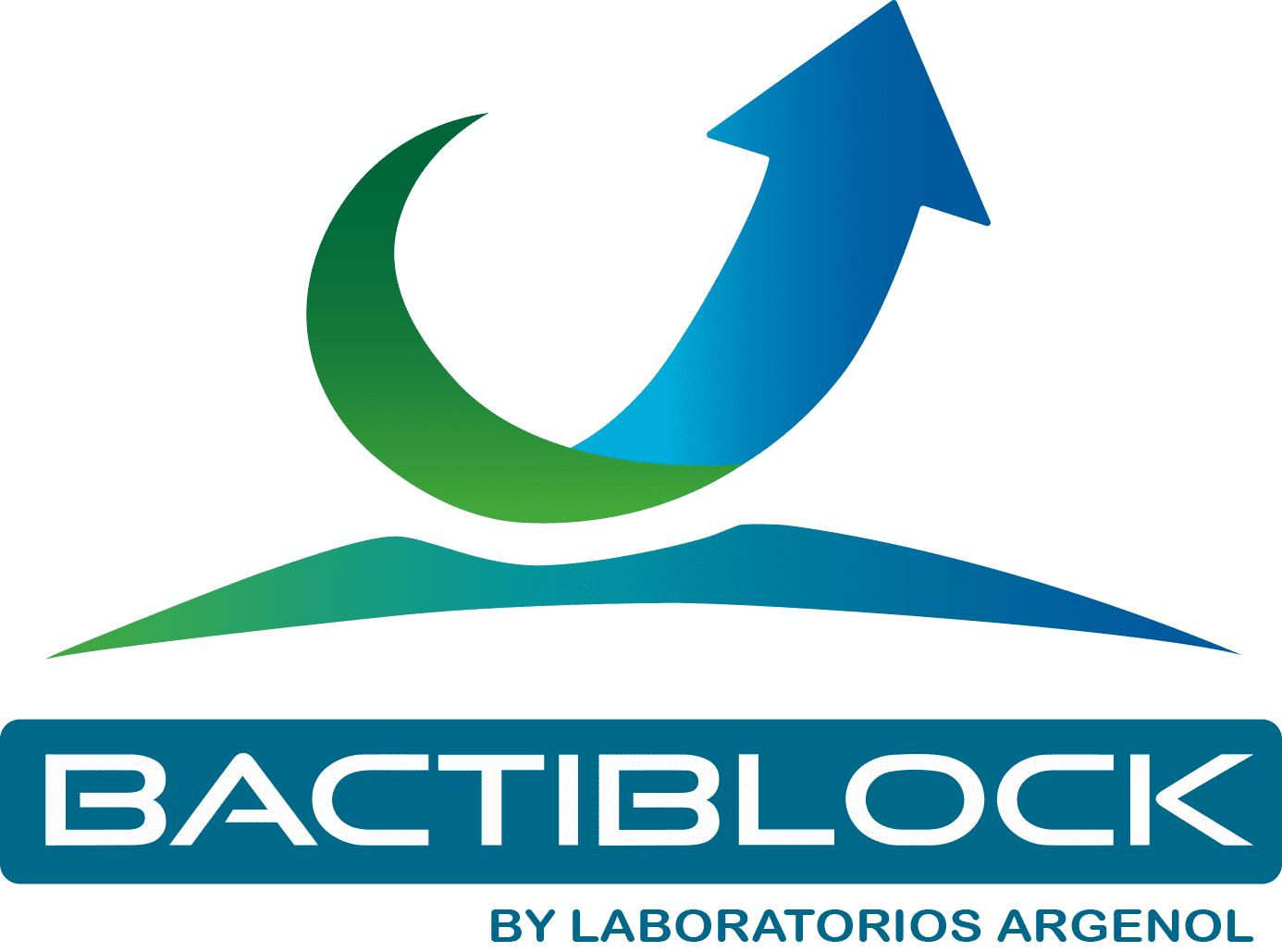Looking for a metal-free antimicrobial additive?

Consequently, we are glad to present our additive BactiBlock® 101 R1.51 that utilizes sodium-pyrithione to help inhibit bacterial growth on the treated surfaces by up to 99.99% and prevent mold and mildew growth. BactiBlock® 101 R1.51 can be easily integrated not only into water or solvent-based coatings but also in other matrix such as plastics or foams.
How does BactiBlock® 101 R1.51 works?
BactiBlock® 101 R1.51 is integrated into formulations during its manufacturing process. In particular, sodium pyrithione interfere with membrane transport ultimately leading to a loss of metabolic control. Furthermore, synergies between all the ingredients in its formulation enable to optimize the concentration of the active substance while obtaining a great protection. As a reference, for water-based coatings we should add 0.2% by weight according to ISO 22196 standard.
Main benefits BactiBlock® 101 R1.51:
- Metal-free: The technology does not contain any metal based-chemistry and it can be considered an effective alternative to these.
- Nano particles-free: The technology does not contain any ingredient in nano scale.
- UV stability: High stability against UV light. Good option for exteriors.
- Broad spectrum: effective against gram positive & gram-negative bacteria as well as fungi & yeast.
- Versatility: Compatibility with different formulations is ensured.
- Permanent protection: 24/7 protection.
- BPR compliant: BactiBlock® 101 R1.51 is a PT6, PT7, PT9 & PT10 compliant antimicrobial additive.
Feel free to request more information or a sample if you’re interested in exploring the possibilities of BactiBlock® 101 R1.51! We will be more than happy to support you!
Previous news
BactiBlock® will exhibit at FOAM EXPO NORTH AMERICA!
This new edition of Foam Expo North America will take place in June 24-26, 2025 at Suburban Collection Showplace, Novi, Michigan and BactiBlock® will be there! Foam Expo is the continent's largest foam event, offering three days of networking, innovation, and business...
New consumption habits & listeria infections
Have you heard about a bacteria called Listeria? Listeria monocytogenes is a well-known and feared bacteria, specially when it comes to the agri-food industry. This widespread bacteria posses a great resistance to particular conditions and, because of that, it can be...
BactiBlock® treated artificial grass
Artificial grass or turf consists of a surface made from synthetic fibres, which designers engineer to imitate natural grass's aesthetic qualities and feel. It is much more durable than natural grass and easily maintained without irrigation or trimming. Stadiums and...
Can your eco-friendly reusable drinking bottle make you sick?
Can your eco-friendly reusable drinking bottle make you sick? While reusable drinking containers save money and are good for the environment, they could be not the best option for your health. According to a recent study, which describe them as being like a “portable...
Bactiblock® in art
Have you ever wondered how our cultural heritage is kept in good conditions? Did you know that we are able to enjoy many of the paintings and historical monuments created many years ago thanks to the work of specialized professionals and techniques? Objects of our...

Autovía Logroño Km 7,4
50011 Zaragoza - ESPAÑA
Autovía Logroño Km 18
50298 Pinseque (Zaragoza) - ESPAÑA




Autovía Logroño Km 7,4
50011 Zaragoza - ESPAÑA
Autovía Logroño Km 18
50298 Pinseque (Zaragoza) - ESPAÑA



